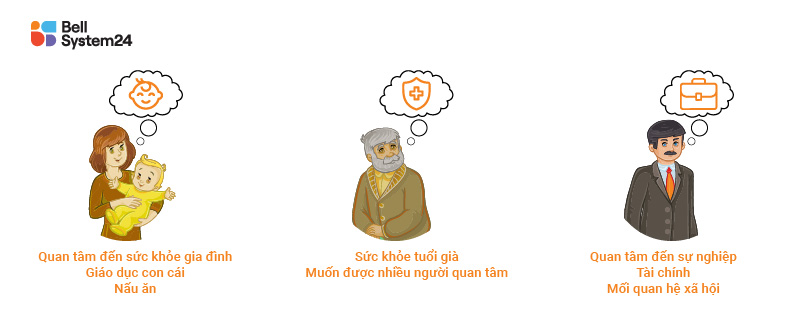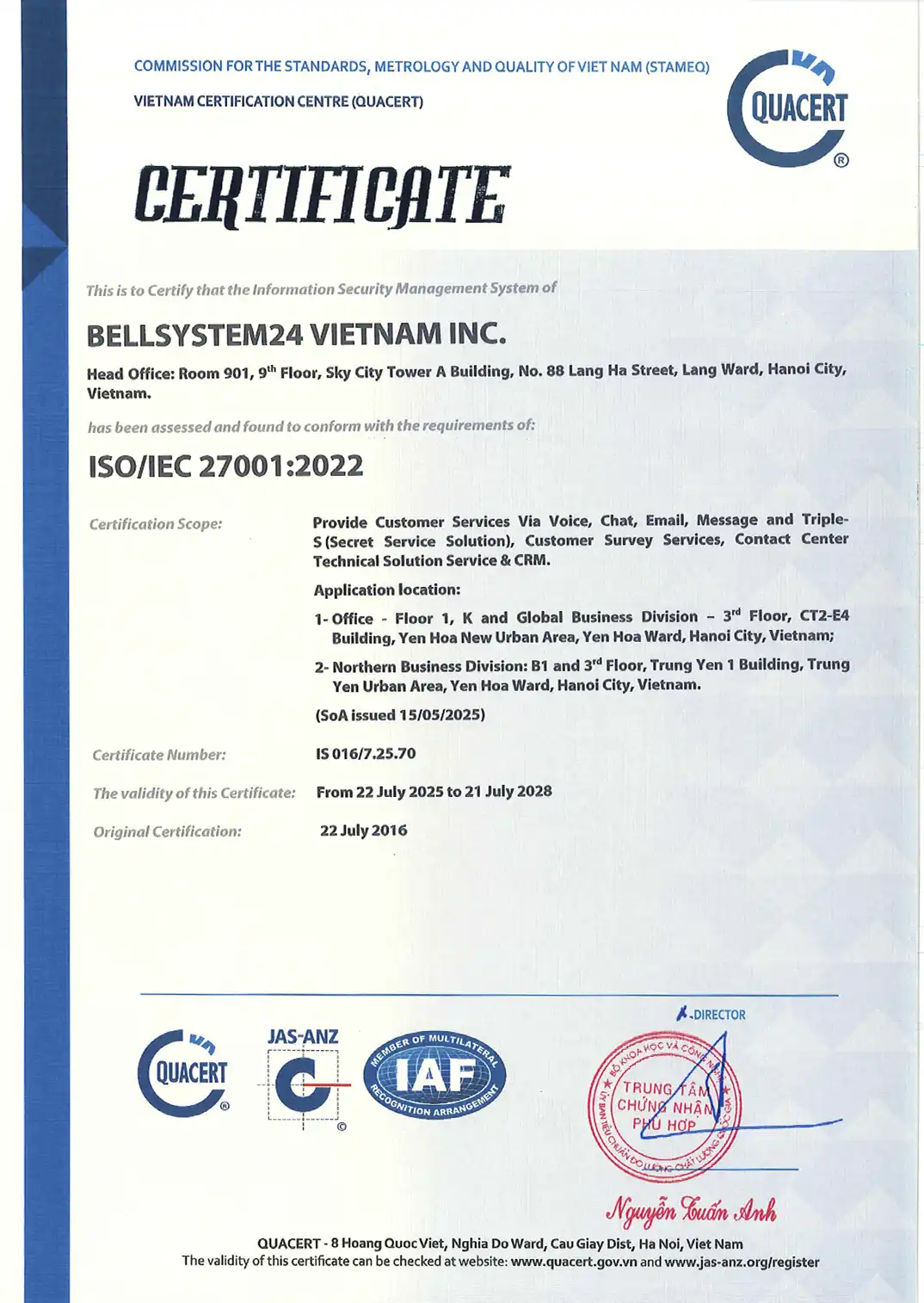NPS is considered the "key" that helps businesses identify the current situation and plan to improve customer loyalty. So what is NPS? How is it measured and evaluated? Let's find out in this article.
What is NPS?
NPS stands for Net Promoter Score – a metric that measures customer satisfaction and the likelihood of customers recommending a product or brand to others. NPS reflects customers' likelihood to continue using and recommending the product.
Measuring NPS
NPS is measured through customer surveys. To accurately measure the NPS score, businesses need to develop simple and concise survey content with measurable answers.
Survey example: On a scale of 0 to 10, how likely are you to recommend our product?

NPS Calculation Formula
NPS = % Promoters – % Detractors
After conducting the survey, the company needs to classify and evaluate the index based on three groups:
- Promoter (Proposer): Customers responded to questions 9-10. These are very satisfied customers who are always willing to recommend us to their friends.
- Passives (Neutral person): Customers answer questions 7–8. These are satisfied customers, but they are not sure whether they will recommend the product. They may recommend it or they may leave you.
- Detractor (The slanderer): Customers respond with scores from 0 to 6. This is the group of dissatisfied customers. They do not hesitate to criticize the product.

NPS Rating:
- If NPS > 0, satisfied customers > dissatisfied customers
- If NPS < 0, satisfied customers < dissatisfied customers
- A high NPS (above 60) is an excellent indicator, demonstrating good product quality and customer trust in the business.

For example: When a company surveys 100 customers. If 25% are Detractors and 50% are Promoters.
→ NPS score = 50% – 25% = 25
Note: The size of the NPS survey file
There is no one-size-fits-all sample size for all businesses, so it depends on the size of the customer base that each business can survey. Note that the survey file needs to be large enough and evenly distributed across multiple criteria (segment, age, location, etc.) to be representative of the entire customer base.
Reference:
- For businesses with a small customer base (under 1,000), the recommendation is to have at least 30 NPS surveys.
- For businesses with large customer bases (ranging from thousands to millions), the sample size is 3–5% of the total customer base.
The importance of NPS for businesses.
NPS plays an important role for businesses, because from here, businesses can assess the current situation and plan business adjustments in line with customer needs. improve customer service.
Since 2003, more than 651 companies in the Global 500 (according to Brain and Company) have used this index in their business evaluation and management processes.
Through NPS, businesses will know.
Customer loyalty
According to a study by Bain & Company, a 51% increase in customer retention can help businesses increase profits by at least 251%. In fact, retaining existing customers always has a higher ROI than acquiring new customers.
For example: If the number of Detractors decreases and the number of Passives increases, this may indicate that customer perception is trending positively. Based on the feedback received, the business should adjust its business strategy: in terms of pricing, promotional programs, or appropriate customer care solutions... In addition, Passive and Detractor customers should also be thanked for their honesty – from which the business can identify the work needed to improve revenue.
Adjust the business plan to align with reality
KH can answer the NPS question with a low score (even a score of 0). This index provides businesses with a visual overview of what customers want, enabling them to identify the strengths and weaknesses of their current plans and make appropriate adjustments.
Related Posts:
Calculate the CSAT score, which measures customer satisfaction.
How to deliver a great customer experience before, during, and after purchase.







